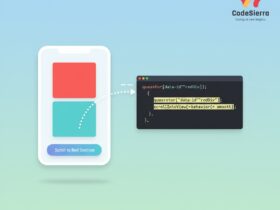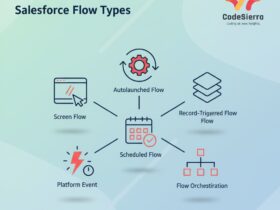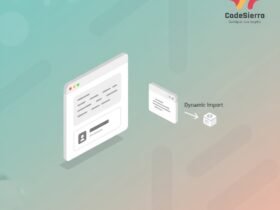Introduction
SoapUI is a widely used open-source testing tool for SOAP and REST web services. Primarily focused on functional testing, SoapUI provides a graphical interface for creating, executing, and analyzing tests for web APIs. It supports complex scenarios including security, load testing, and mocking of services, making it a versatile choice for QA engineers and developers working with APIs.
Key Features
SoapUI offers a comprehensive feature set designed to cover the entire API testing lifecycle:
- Functional Testing: Create test suites, test cases, and test steps to validate API responses and behavior.
- Protocol Support: Native support for SOAP, WSDL, REST, JSON, JMS, AMF, and JDBC.
- Assertions: Multiple assertion types (XPath, XQuery, JSONPath, SOAP response, contains, status) to validate responses.
- Mock Services: Simulate APIs during development or when dependencies are unavailable.
- Security Testing: Scan for common vulnerabilities (SQL injection, XML bombs, etc.) in the Pro/ReadyAPI versions.
- Data-Driven Testing: Drive tests from external data sources like CSV, Excel, or databases.
- Extensibility: Scriptable via Groovy for custom logic and complex validations.
- Load Testing: Integrates with LoadUI (or has built-in capabilities in commercial versions) to perform performance/load tests.
Typical Use Cases
SoapUI is used across many scenarios such as:
- Validating SOAP WSDL operations and message formats.
- Testing REST endpoints and JSON payloads.
- Automating regression tests for APIs as part of CI pipelines.
- Creating mock endpoints to enable parallel development between teams.
- Security and penetration testing of web services (commercial editions offer expanded features).
Simple Example: SOAP Request
Below is an example of a typical SOAP request that you might send from SoapUI to invoke a web service operation:
<soapenv:Envelope xmlns:soapenv="http://schemas.xmlsoap.org/soap/envelope/" xmlns:ns="http://example.com/namespace">
<soapenv:Header/>
<soapenv:Body>
<ns:GetCustomer>
<ns:CustomerId>12345</ns:CustomerId>
</ns:GetCustomer>
</soapenv:Body>
</soapenv:Envelope>
Groovy Scripting Example
SoapUI supports Groovy for test pre/post-processing, custom assertions, and data manipulation. Example snippet to extract a value from a response:
// Access test step response
def response = context.expand('\${TestRequest#Response}')
// Simple regex or XML parsing
def matcher = (response =~ /<CustomerName>(.*?)<\/CustomerName>/)
if(matcher.find()){
def name = matcher.group(1)
log.info "Customer Name: ${name}"
// store to a property
context.testCase.setPropertyValue('customerName', name)
}
SoapUI vs ReadyAPI (Commercial)
SoapUI (open-source) provides powerful functional testing capabilities. ReadyAPI is the commercial suite from SmartBear that bundles SoapUI Pro plus advanced features:
- Enhanced GUI and reporting
- Data-driven testing with more data source integrations
- Advanced security and load testing tools
- Team collaboration features
Best Practices
To get the most from SoapUI:
- Organize tests into logical TestSuites and TestCases.
- Use properties at project, suite, and case levels for reusability.
- Leverage Groovy for complex validations and test data manipulation.
- Mock services during development to decouple teams and speed up testing.
- Integrate tests into CI/CD pipelines using command-line runners or ReadyAPI test runners.
Conclusion
SoapUI is a robust, widely-adopted tool for API testing with strong support for SOAP and REST. Its combination of functional testing, scripting, mocking, and extensibility makes it suitable for projects ranging from simple API checks to complex, automated test suites integrated into enterprise CI/CD workflows.










Leave a Reply